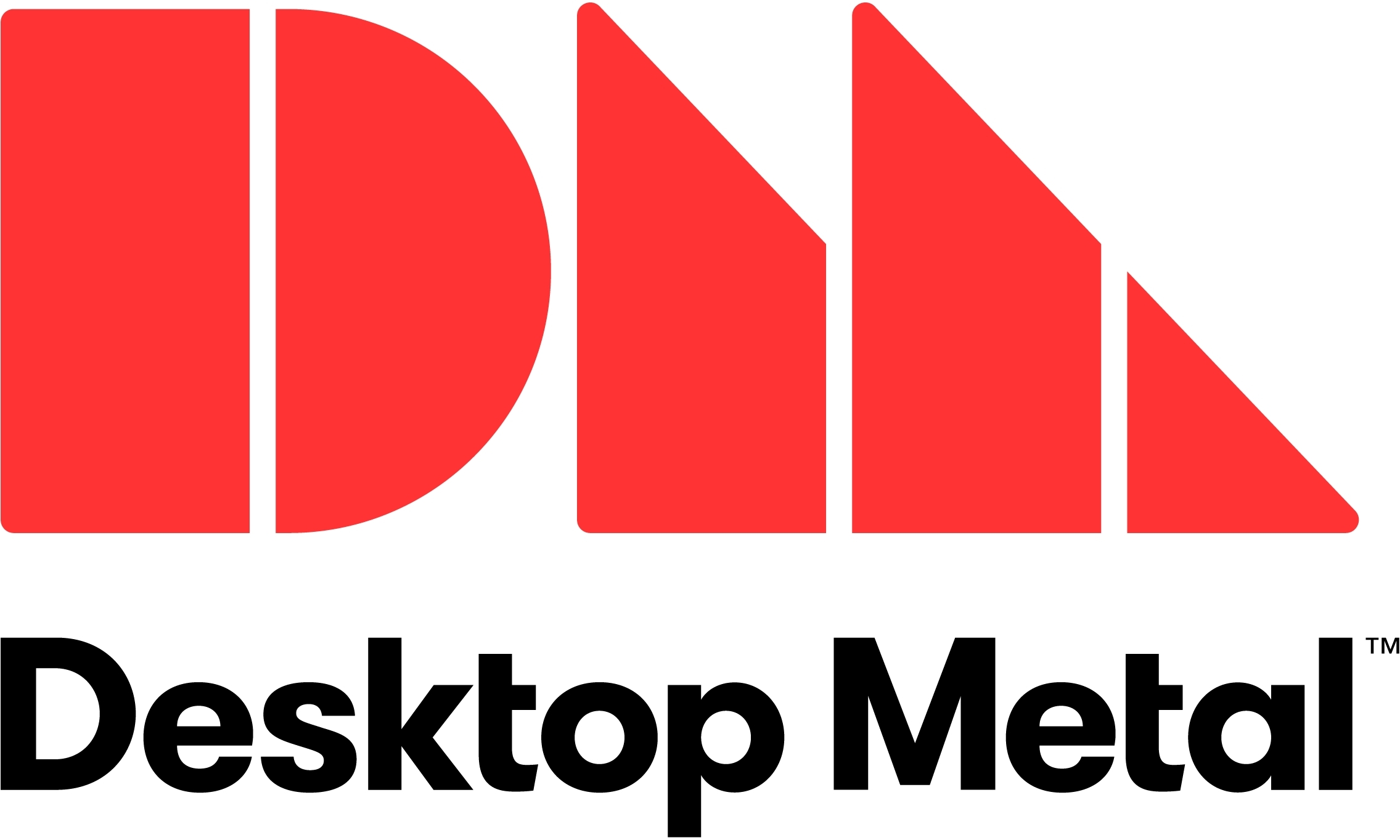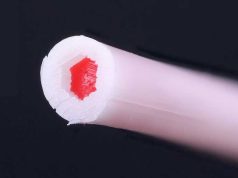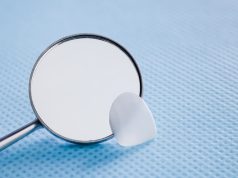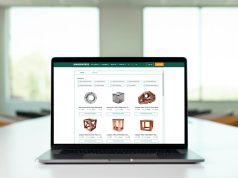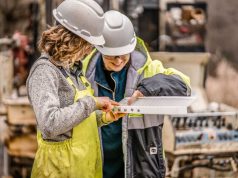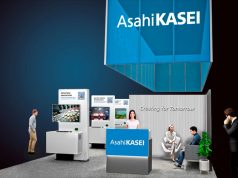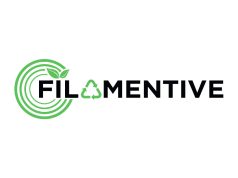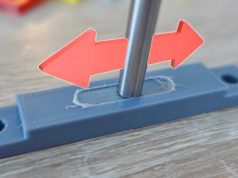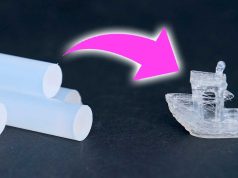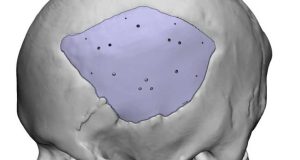Desktop Metal (NYSE: DM), specialized in additive manufacturing technologies for mass production, announced DuraChain — a first-of-its-kind commercial category of photopolymers that uses a material chemistry process known as Photo Polymerization-induced Phase Separation, or Photo PIPS, to deliver breakthrough material properties.
Parts produced with standard acrylate-based resins used in DLP 3D printing today are prone to shattering or fracturing upon impact. For decades, the 3D printing industry has been working to incrementally improve these material properties and deliver more durable and elastomeric properties.
DuraChain photopolymers solve this challenge with a breakthrough approach that leverages the Photo PIPs process to produce tough and resilient end-use parts while eliminating the need for a two-part resin. When illuminated during DLP printing, DuraChain materials phase separate into two parts at the nano level and then cure into a resilient, high-performing network that offers a variety of benefits. DuraChain was developed by Texas-based Adaptive3D, which was acquired by Desktop Metal in 2021.
Unlike two-part resins, DuraChain photopolymers demonstrate a long pot life of roughly one year, depending on environmental conditions, making them more suitable for volume production and reducing waste from spoiled, unused material.
“DuraChain photopolymers signal a new era in DLP printing that delivers material properties that compete with thermosets in a long pot-life material,” said Ric Fulop, Co-Founder and CEO of Desktop Metal. “Parts printed with DuraChain resins are high performing in a wide range of temperatures and offer other important benefits that will quickly lead to new material innovations in DLP printing.”
The Challenge of Commercializing Photo PIPS
Photopolymers that cure using the Photo PIPs process have been studied by researchers for years, but have not been broadly commercialized – primarily because DLP 3D printing hardware has struggled to print the high viscosity resins required to make use of this process.
Most DLP systems feature a bottom-up printing process in which a projector is placed below the build area and illuminates each part layer through a transparent tray, while the part advances upward suspended to a build tray. Because Photo PIPS resins require more energy to cure and are relatively heavy compared to standard resins, they are challenging to suspend from a build plate during bottom-up DLP printing.
Desktop Metal’s DuraChain materials will be printable on one of the additive manufacturing industry’s only top-down DLP systems, the ETEC Xtreme 8K.
A New Line of DuraChain Photopolymers
Several DuraChain materials will be exclusively available on the ETEC Xtreme 8K: Elastic ToughRubber (ETR) 70 and 90, both of which are offered and which differ in Shore A durometer value. ETR 70 is available in Black, while ETR 90 is available in both Black and Blanc, which produces white parts that can be dyed to any color for production.
Parts 3D printed in a variety of DuraChain materials will be on display May 17-19 in Detroit at RAPID + TCT, North America’s largest and most-influential additive manufacturing event. Desktop Metal’s production-capable printing platforms for metals, polymer, elastomers, ceramics, composites, and upcycled wood materials will be showcased in Booth No. 3301 at the main entrance of the show.
Subscribe to our Newsletter
3DPResso is a weekly newsletter that links to the most exciting global stories from the 3D printing and additive manufacturing industry.



